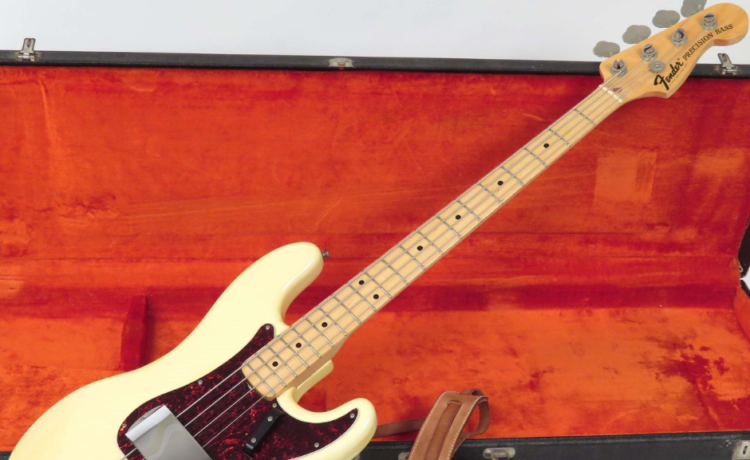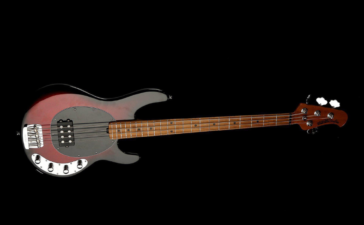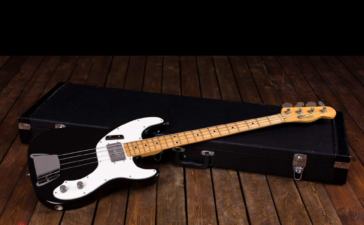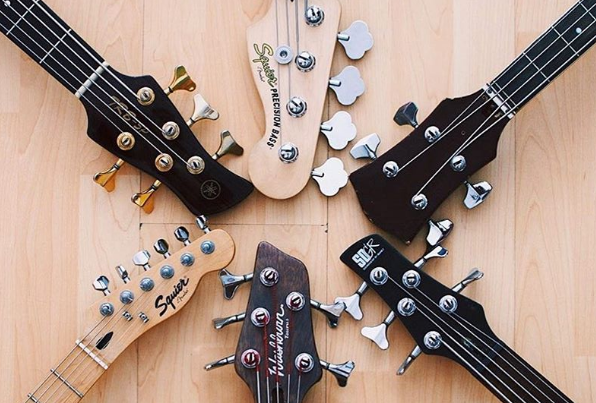Until the early 1950s, jazz, rock’n’roll and blues bands only knew acoustic basses, large and quite heavy.
The introduction of Precision Bass by Fender caused a real revolution in the way of playing of the bass players, since the instrument was much lighter, electric, made of solid wood and had frets marking the neck, characteristics inherited from the electric guitars that were arriving on the market, besides providing more freedom and versatility to the bass player: now his instrument could be hung on his shoulder by means of a strap or even play seated, with the instrument in his lap.
Despite being released almost 15 years after the first electric bass of the same style, produced by Audiovox, the P-Bass was the first to be produced on a large scale. With the explosion of success among bassists at the time, Gibson, Fender’s archrival in the fight for the market for musical instruments and amplifiers, launched a model in 1953, but was not very successful.
Danelectro also tried to launch a model at the same time, but its construction was very poor, resembling a guitar tuned an octave below. The only bass that later came to share the market space with this bass was Jazz Bass, from Fender itself, ten years after it caused an uproar in the market leaving nothing to be desired both in timbre and in construction compared to p-bass.











42 Comments